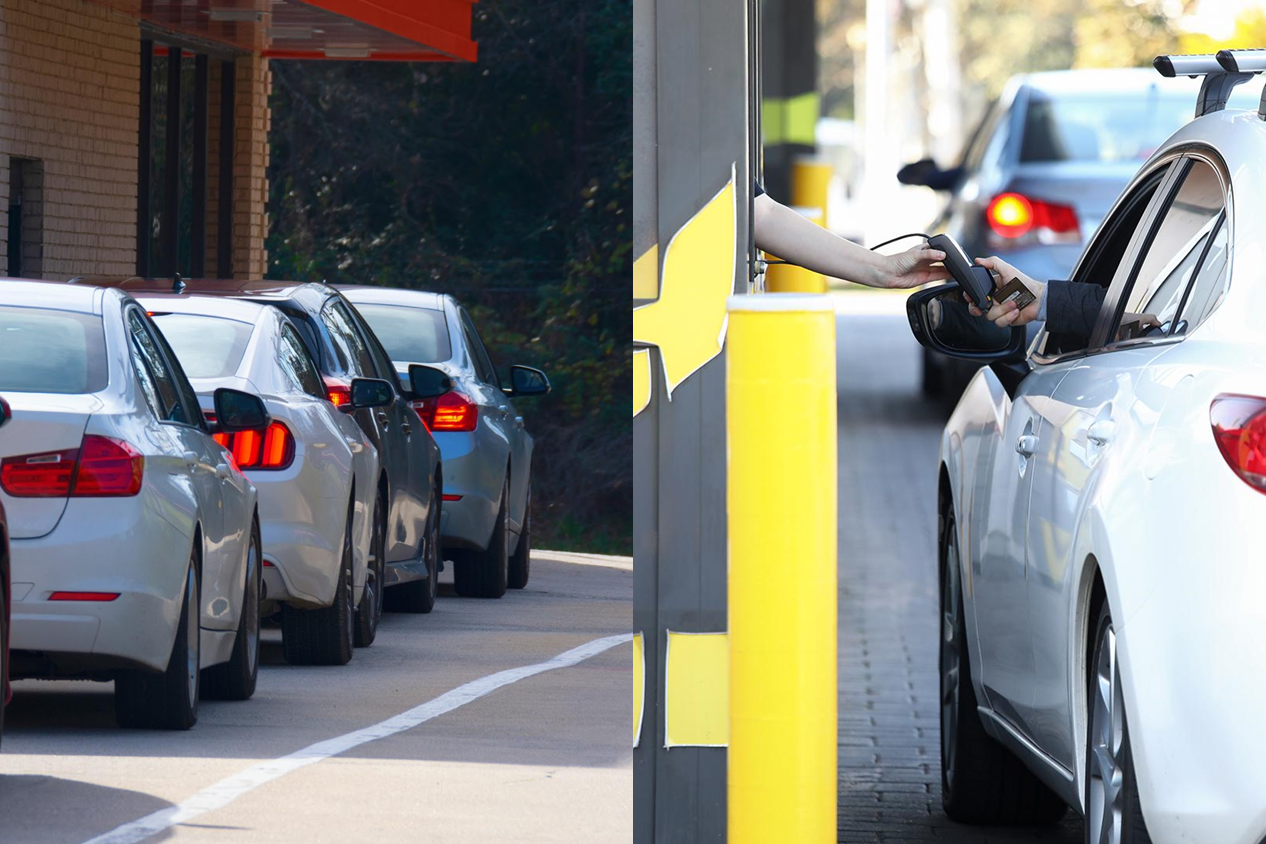Digital menu boards are a foundational piece of a successful drive thru, delivering on the promise of speed of service, accuracy and overall valuable experience. Restaurant Brands International (RBI) quick service restaurant brands, Burger King, POPEYES and Tim Hortons, consistently rank in the top 50 QSR brands, with Burger King invariably cracking the top 10. The brands’ digital menu boards — and particularly their digital drive thru menu boards — play a key part in delivering the positive, valuable customer experience that RBI’s guests have come to expect, know and love.
Outdoor digital menu boards are a complicated piece of technology on both the hardware and software side. The digital menu boards fixtures need to be durable and ruggedized, able to be operational 24/7/365 under a wide range of environmental changes, especially at scale. Reliability is essential. Every second that digital drive thru menu boards are down creates a major loss of revenue, as well as frustration from guests. Digital menu boards have menu benefits including menu clarity, increased engagement and sales, relevance, peak menu optimization and, as an advanced technology benefit, deliver drive thru personalization, menu customization and suggestive selling. The outdoor digital menu board and menu content management system need to work together seamlessly.
STRATACACHE as Burger King Outdoor Digital Menu Board Provider
RBI selected STRATACACHE as the technology and digital drive thru menu board provider for their digital drive thru experience. The major QSR brand announced their new digital strategy six months after the onset of the global pandemic, in October, 2020. Describing the technology used to transform their customer experience, the Press Release announced:
“Technology: The 40,000+ outdoor-rated 46″ screens are powered by the latest STRATACACHE Media Engines that are clustered together, redundantly, for high-availability – meaning that if any one of the four digital screens in a standard drive-thru loses communication with its primary media player, the secondary media player will take over and ensure that content continues to be displayed correctly. STRATACACHE is a global leader in digital marketing technology and provides proactive 24/7 network monitoring to RBI’s thousands of restaurant sites from its National Operation Centers in Ohio and Montreal. STRATACACHE has the capability to manage any digital screen and to update or modify menu board content across remaining digital screens in the event of a hard screen failure.”
The announcement came after the successful installation of STRATACACHE digital menu boards at over 2,300 locations for major RBI brands, including Burger King and Tim Hortons.
“As of September, Tim Hortons has installed digital drive-thru menu boards at approximately 800 locations in the U.S. and Canada; Burger King has installed digital drive-thru menu boards at more than 1,500 locations in the U.S.; and Popeyes is starting installation at new locations later this year. A typical drive-thru lane includes 4 digital screens, while double drive-thru lanes typically include a total of 7 digital screens. RBI is assessing drive-thru locations and, where possible, is installing double drive-thru lanes to increase capacity and efficiency at our restaurants.”
Read the full press release on PR Newswire for more information >
RBI was one of the brands that adapted to pandemic conditions through digital transformation. Quick service restaurants, as an industry, turned to digital menu boards as a keystone of customer experience transformation and, in turn, pushed the technology past new boundaries. They incorporated “smart” features, including loyalty and Point of Sale (POS) integration, sensor-driven responsiveness, and more. To learn more read our white paper on The Evolution of the QSR.
